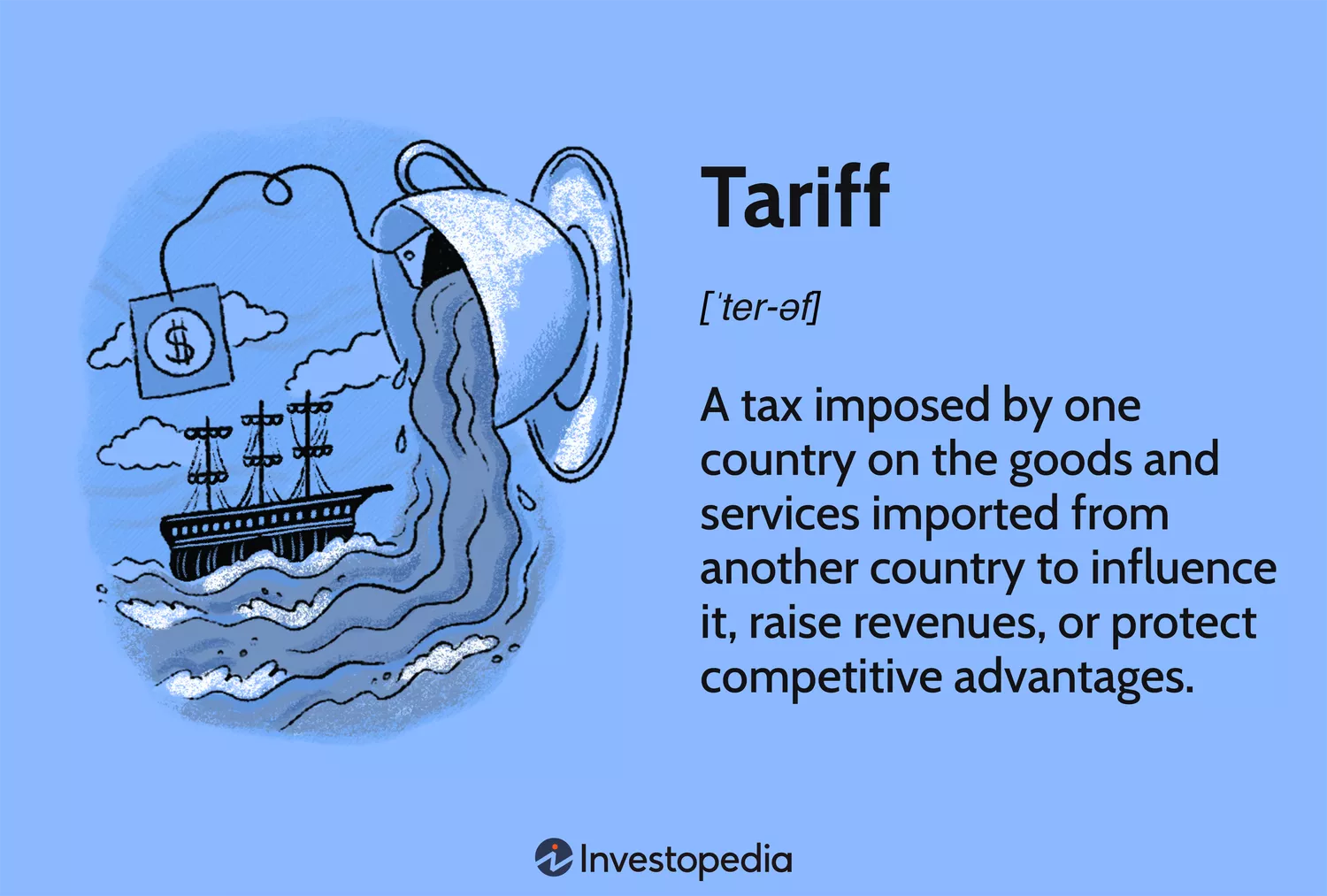In 2025, President Donald Trump’s administration has implemented a series of tariff policies that are significantly impacting the technology sector. These measures aim to reshape international trade relationships, encourage domestic manufacturing, and address longstanding trade deficits. However, their effects on technology companies, consumers, and the broader economy are complex and multifaceted.
Implementation of Reciprocal Tariffs
In April 2025, the administration introduced reciprocal tariffs as part of a strategy to address trade imbalances. These tariffs impose a 10% levy on goods from all countries and a higher, individualized tariff on imports from nations with which the U.S. has significant trade deficits. This approach seeks to encourage countries to adopt fairer trade practices by making their goods more expensive in the U.S. market. The White House
Exemptions for Key Technology Products
Recognizing the potential adverse effects on the technology sector, the administration announced exemptions for certain tech products. Items such as smartphones, laptops, hard drives, flat-panel monitors, and semiconductor manufacturing equipment are excluded from both the baseline 10% tariff and the higher reciprocal tariffs on Chinese imports. This decision aims to alleviate potential price increases and supply chain disruptions for major tech companies like Apple, Samsung, and Nvidia. The White House+7New York Post+7Business Insider+7The Australian+6Associated Press+6Business Insider+6
Strategic Shift Towards Domestic Manufacturing
Beyond tariffs, the administration is actively promoting domestic manufacturing of technology products. Efforts include encouraging companies to relocate production facilities to the U.S., supported by substantial investments and incentives. For instance, Apple has committed to a $500 billion investment in U.S. manufacturing, aiming to create 20,000 jobs. However, challenges persist, such as the need for a skilled workforce and advanced manufacturing infrastructure, which currently lag behind those of established manufacturing hubs like China. New York PostBusiness InsiderAssociated PressThe Australian
National Security and Export Controls
National security concerns have also influenced technology policy. The administration has imposed export controls on high-bandwidth memory chips, semiconductor manufacturing equipment, and related software. These measures aim to prevent adversarial nations from acquiring advanced technologies that could enhance their military capabilities. While intended to protect national interests, such controls can disrupt global supply chains and hinder the competitiveness of U.S. tech companies operating internationally. Inside Global Tech+4Mayer Brown+4New York Post+4Business Insider+4Inside Global Tech+4New York Post+4
Establishment of a Strategic Bitcoin Reserve
In a bold move to position the U.S. at the forefront of digital finance, the administration has established a Strategic Bitcoin Reserve. This reserve is funded by bitcoins forfeited to the U.S. Treasury and aims to bolster the nation’s financial sovereignty and influence in the cryptocurrency market. While some view this as a forward-thinking strategy, others express concern over the volatility and potential risks associated with cryptocurrency investments. Wikipedia+1Wikipedia+1
Impact on Consumers and Industry Stakeholders
These policies have a mixed impact on consumers and industry stakeholders:The Australian+2ElHuffPost+2New York Post+2
- Consumers: While exemptions for certain tech products may prevent immediate price hikes, the push towards domestic manufacturing could lead to higher prices in the long run due to increased production costs.Business Insider+2New York Post+2Associated Press+2
- Technology Companies: Firms may benefit from incentives to relocate manufacturing but face challenges related to workforce development and potential disruptions from export controls.The White House+8New York Post+8Associated Press+8
- Global Trade Partners: Countries affected by the tariffs may seek alternative markets, potentially impacting U.S. companies’ international sales and collaborations.
Conclusion
President Trump’s 2025 tariff policies represent a significant shift in U.S. trade and technology strategies, aiming to strengthen domestic manufacturing and address trade deficits. While certain measures offer relief to the technology sector, others introduce complexities that require careful navigation by businesses and consumers alike. As these policies continue to evolve, their long-term effects on the global technology landscape remain to be seen


